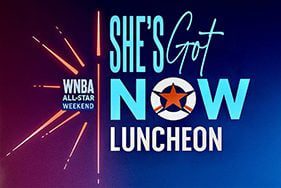(NNPA) – While some economists and Wall Street traders see glimmers of an improving economy, a distinctly different perspective exists in America’s heartland.
Despite several laws designed to ensure equality when it comes to access to fair credit, being Black still imposes an undeniable financial burden.
Whether shopping for groceries, a car, a home, or insurance, African Americans often pay what should be illegal mark-ups. Moreover, a range of predatory products such as payday lenders, pawn shops and auto title loans are often more visible than any other retail operation.
Each year, $5 billion is taken from the pockets of working families to pay for interest on loans from one of 24,000 payday lenders, according to the Center for Responsible Lending. The average payday borrower has nine repeat loans per year, which means he or she pays $450 in interest on a $300 loan.
In a recent edition of the NAACP’s Crisis Magazine, Keith Corbett, executive vice president for the Center for Responsible Lending (CRL), put payday lending in a historical context.
“I think payday lending is the Jim Crow issue of our time” said Corbett. “The payday lenders come in, and they charge the minimum of 400 percent interest. They borrow money from banks at cheap rates, then they loan it to people in the community at really high rates.”
The irony is that despite 17 states and the District of Columbia having enacted double-digit interest rate caps, the payday industry continues to find ways to evade state laws and continue its predatory lending – even in the face of resounding voter mandates to the contrary.
For example, in 2008 voters in Arizona and Ohio rejected payday lending by wide margins. Yet in 2010, payday lending remains a contentious issue in both states due to the industry’s efforts to circumvent laws.
This year in Arizona, the payday industry-sponsored bills in both chambers. Neither version gained enough support to pass out of committee.
According to Hilary Shelton, NAACP senior vice president for advocacy, “The answer really is usury caps. You have to limit the amount of the annual percentage rate. There are states that cap the APR at 36 percent, which is the amount charged to members of the military.”
Charlene Crowell is the Center for Responsible Lending’s communications manager for state policy and outreach. She can be reached at: Charlene.crowell@responsiblelending.org






